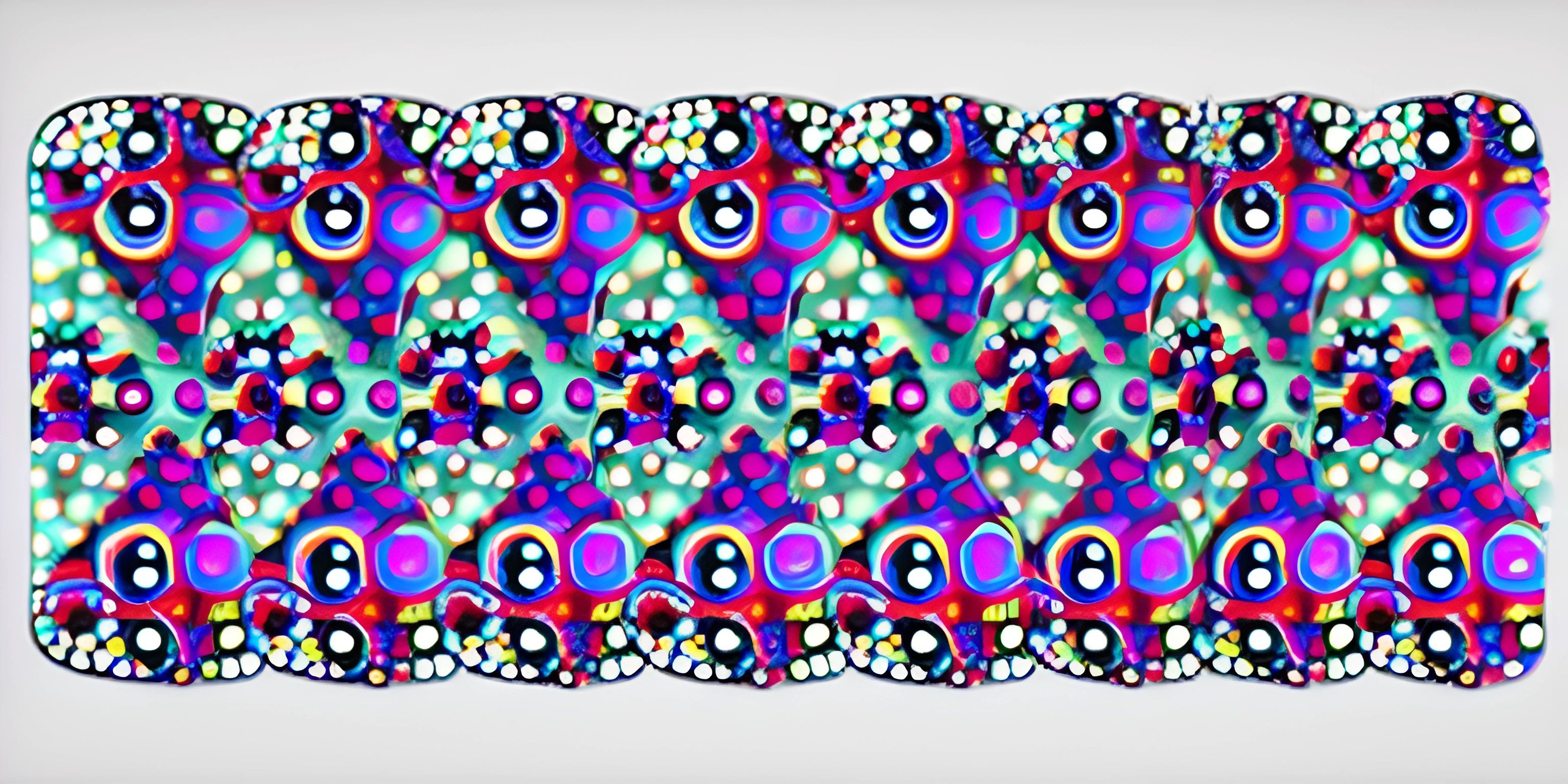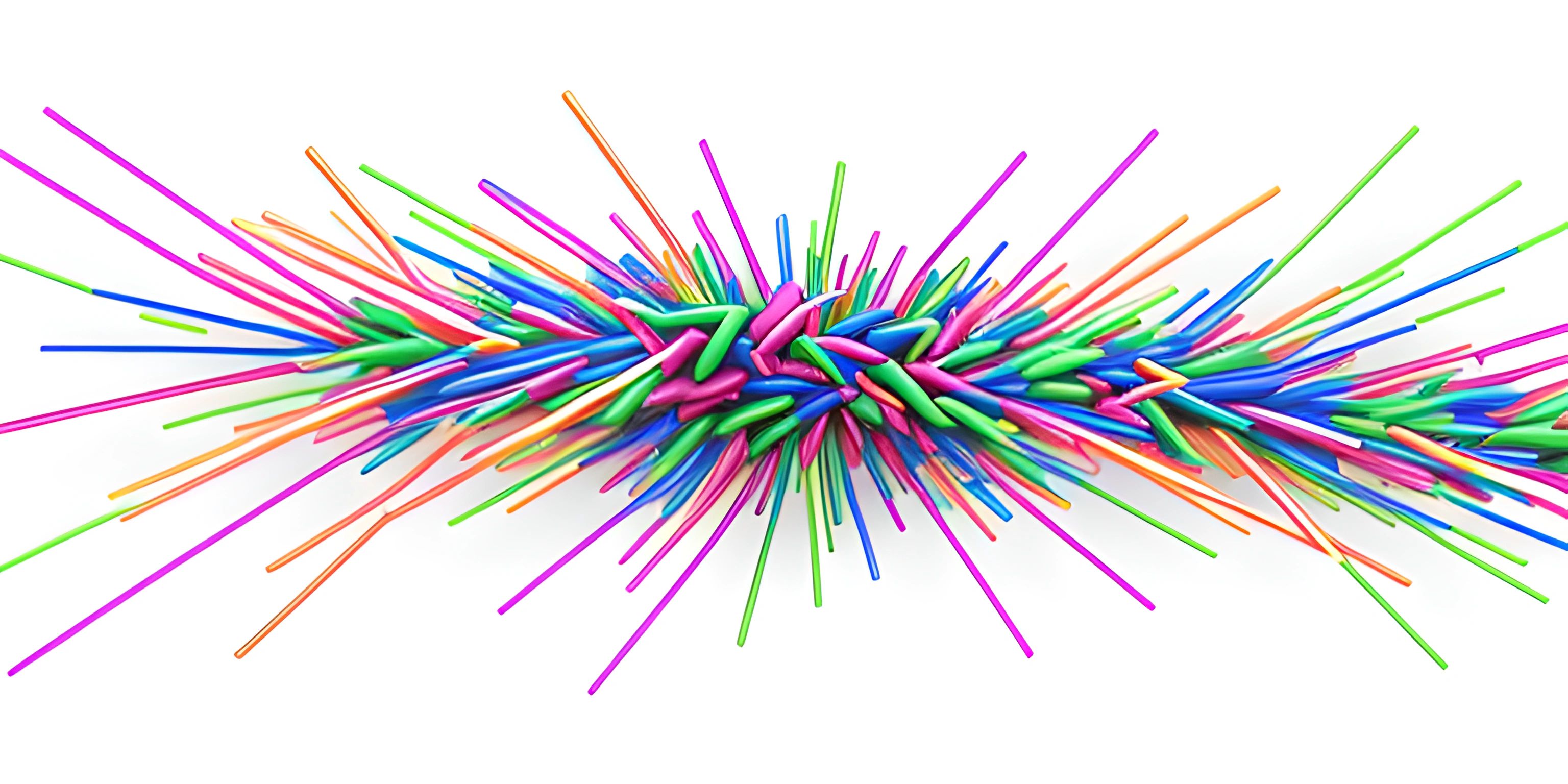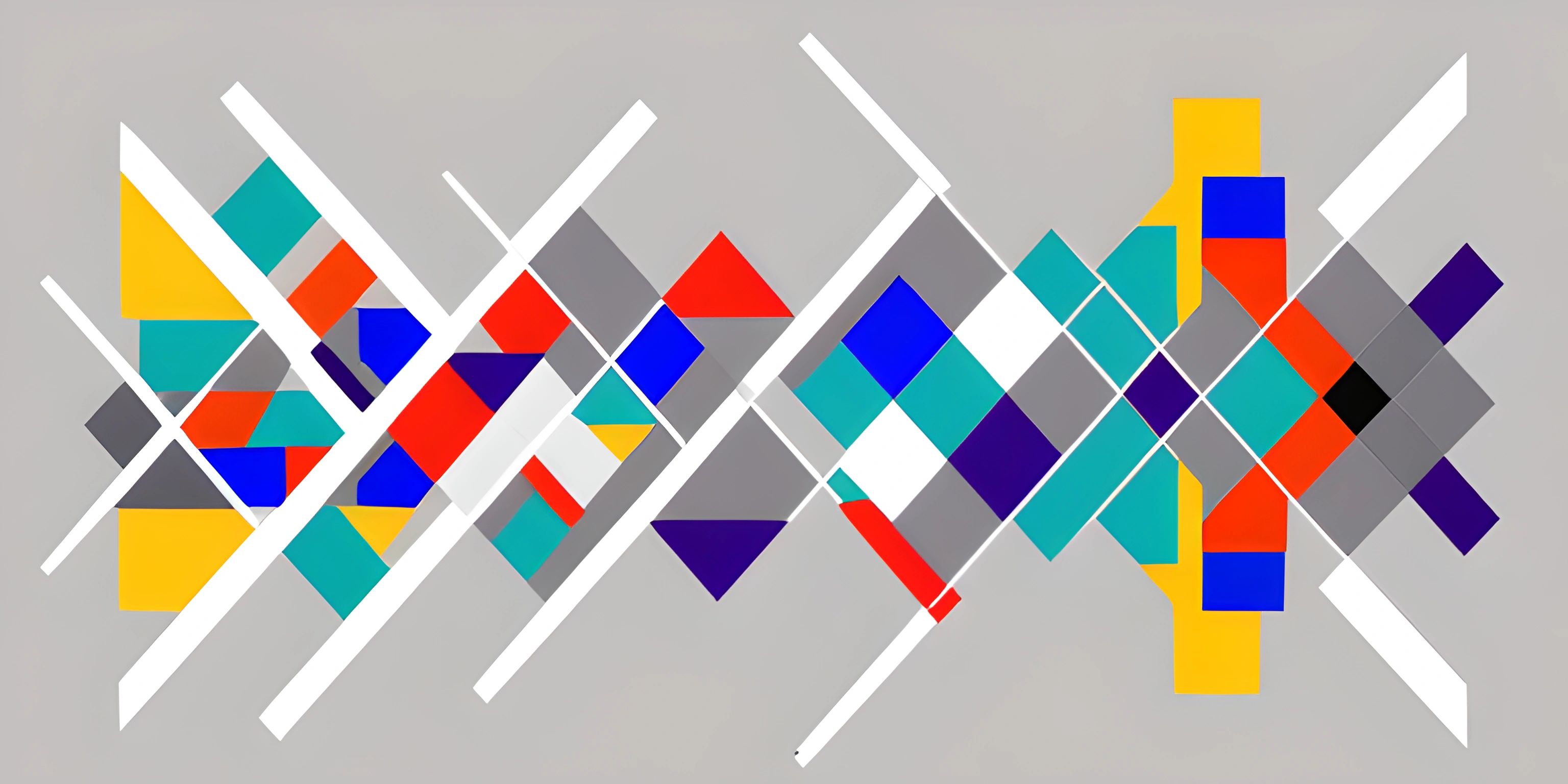Graph Data Structure: An Introduction

Note: this page has been created with the use of AI. Please take caution, and note that the content of this page does not necessarily reflect the opinion of Cratecode.
If you've ever had to find the shortest route to your favorite ice cream shop or tried to find the most influential person in a social network, then you've already been acquainted with the concept of graphs. Graphs are powerful data structures that can help us solve a myriad of real-world problems. So, grab your explorer hat, because we're about to embark on an adventure through the fascinating world of graph data structures!
What is a Graph?
A graph is a data structure that consists of two main components: nodes (or vertices) and edges. Nodes represent entities, like cities in a map or people in a social network, while edges represent the relationships or connections between these entities, like roads connecting cities or friendships between people.
In mathematical terms, a graph is defined as an ordered pair G = (V, E), where V is a set of vertices and E is a set of edges. In simpler terms, it's like a big web of interconnected points. Think of the internet or a network of friends – everything is connected!
Types of Graphs
There are several types of graphs, each with its own distinct properties and uses:
-
Undirected Graph: In this type of graph, edges have no direction, which means that the relationship between any two connected nodes is bidirectional. Think of it as a mutual friendship – if A is friends with B, then B is friends with A.
-
Directed Graph (Digraph): In a directed graph, edges have a direction, representing a one-way relationship between nodes. Picture a Twitter-like follow system – if A follows B, it doesn't necessarily mean that B follows A.
-
Weighted Graph: A weighted graph assigns a weight or cost to each edge. This can represent distances between cities, the strength of a friendship, or any other metric that quantifies the connection between two nodes.
-
Cyclic and Acyclic Graphs: A graph is cyclic if it contains at least one cycle (a sequence of nodes where the first and last nodes are the same). An acyclic graph, as you might guess, is a graph without any cycles.
Applications of Graphs
Graphs are incredibly versatile and are used to model a wide variety of real-world problems. Here are just a few examples:
-
Transportation Networks: Graphs can be used to model roads, railways, or flight routes, allowing us to find the shortest or fastest path between two locations.
-
Social Networks: Graphs can model relationships between people, helping to find mutual friends, connections, or the most influential individuals.
-
Web Crawling: Search engines use graphs to represent the structure of the internet, enabling them to crawl and index web pages efficiently.
-
Recommendation Systems: Graph-based algorithms can analyze user preferences and make personalized recommendations for movies, books, or other products.
-
Project Management: Graphs can model dependencies between tasks in a project, making it easier to identify critical paths and optimize resource allocation.
Basic Graph Operations
To get started with graph data structures, it's essential to familiarize yourself with some basic operations:
-
Add Node: This operation adds a new node to the graph.
-
Add Edge: This operation adds an edge connecting two nodes in the graph.
-
Remove Node: This operation removes a node and all its associated edges from the graph.
-
Remove Edge: This operation removes an edge between two nodes in the graph.
-
Find Neighbors: This operation retrieves all the neighboring nodes connected to a specific node.
-
Find Shortest Path: This operation finds the shortest path between two nodes in the graph, often using algorithms like Dijkstra's or A*.
With these basic operations under your belt, you're well on your way to becoming a graph data structure maestro. The world of graphs is vast and exciting, with endless possibilities for problem-solving and innovation. So, go forth and explore the interconnected web of knowledge!
Hey there! Want to learn more? Cratecode is an online learning platform that lets you forge your own path. Click here to check out a lesson: Recursion Intro (psst, it's free!).
FAQ
What is a graph data structure?
A graph data structure is a non-linear data structure that consists of nodes (also called vertices) and edges. The nodes represent entities, while the edges represent the relationships or connections between these entities. Graphs are widely used in computer programming to model complex systems and solve various problems that involve relationships and connections between objects.
What are the different types of graphs?
There are several types of graphs, some of which include:
- Undirected Graph: A graph in which edges have no direction, meaning the connection between two nodes is bidirectional.
- Directed Graph (Digraph): A graph in which edges have a direction, indicating a one-way relationship between nodes.
- Weighted Graph: A graph where edges have weights or costs associated with them, representing the cost of the relationship or connection between nodes.
- Cyclic Graph: A graph containing at least one cycle, which is a path that starts and ends at the same node.
- Acyclic Graph: A graph with no cycles.
How do I represent a graph in code?
There are several ways to represent a graph in code, but the two most common methods are adjacency matrix and adjacency list. Here are examples in Python:
- Adjacency Matrix:
adjacency_matrix = [
[0, 1, 1, 0],
[1, 0, 1, 1],
[1, 1, 0, 1],
[0, 1, 1, 0]
]- Adjacency List:
adjacency_list = {
'A': ['B', 'C'],
'B': ['A', 'C', 'D'],
'C': ['A', 'B', 'D'],
'D': ['B', 'C']
}What are some common graph algorithms?
Some common graph algorithms include:
- Depth-First Search (DFS): A graph traversal algorithm that explores as far as possible along a branch before backtracking.
- Breadth-First Search (BFS): A graph traversal algorithm that visits all nodes at the current depth before moving on to nodes at the next depth level.
- Dijkstra's Algorithm: A shortest-path algorithm that finds the shortest path from a source node to all other nodes in a weighted graph.
- Kruskal's Algorithm: A minimum spanning tree algorithm that finds the minimum spanning tree of an undirected, connected, and weighted graph.
- Topological Sorting: A linear ordering of vertices in a directed acyclic graph (DAG) such that for every directed edge (u, v), vertex u comes before vertex v in the ordering.
What are some practical applications of graph data structures?
Graph data structures have numerous practical applications, including:
- Social networks: Representing users as nodes and their relationships as edges.
- Maps and navigation: Representing locations as nodes and roads as edges to find the shortest path between locations.
- Web crawling: Representing web pages as nodes and hyperlinks as edges to traverse and index the internet.
- Dependency management: Representing software packages as nodes and their dependencies as edges to manage installations and updates.
- Biology: Representing species or proteins as nodes and their interactions as edges to understand complex biological systems.





